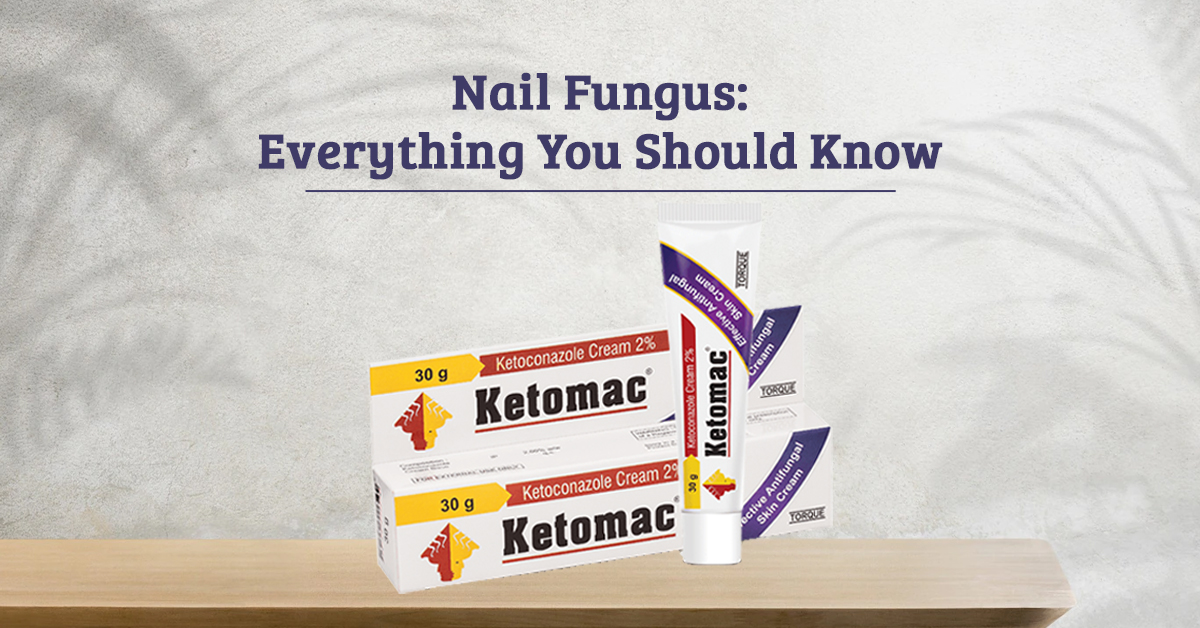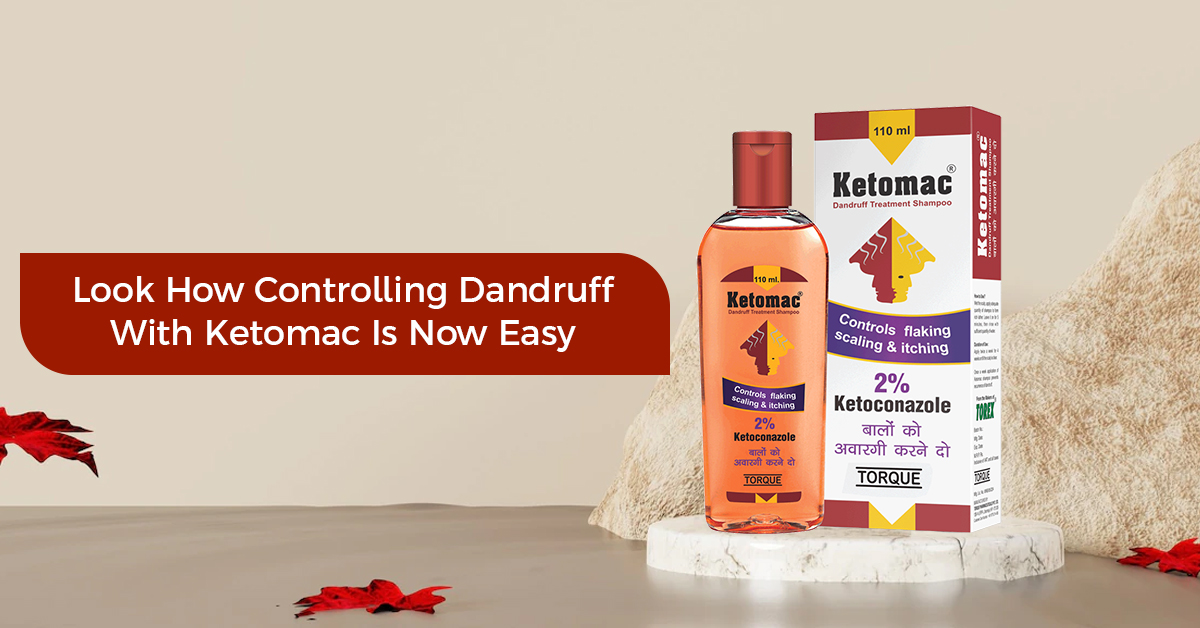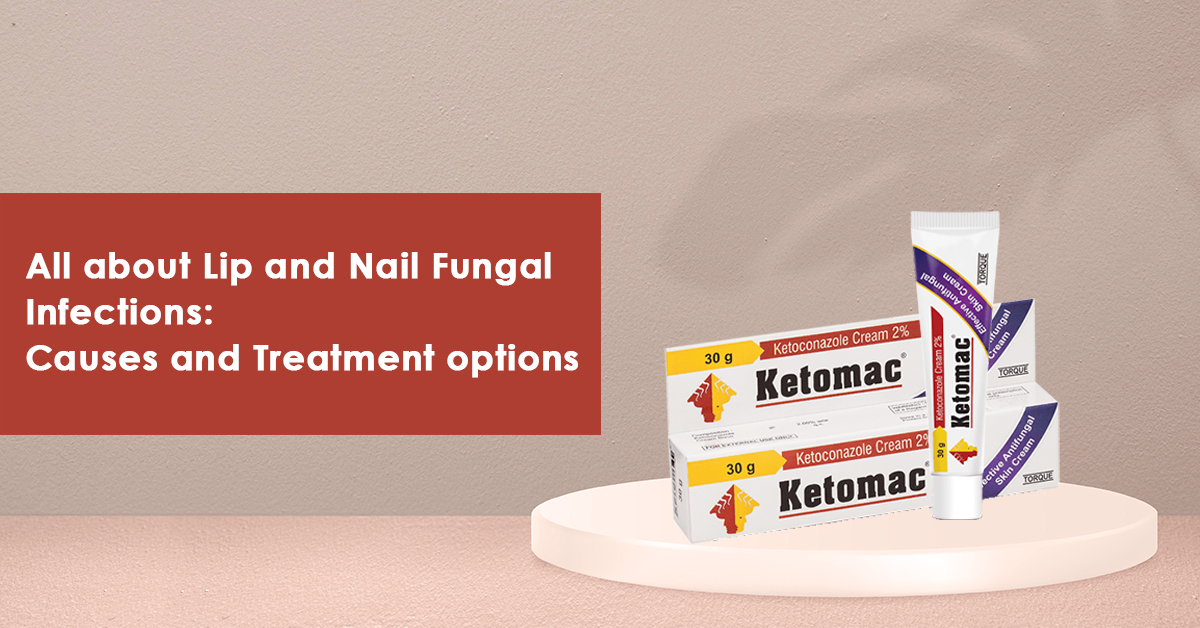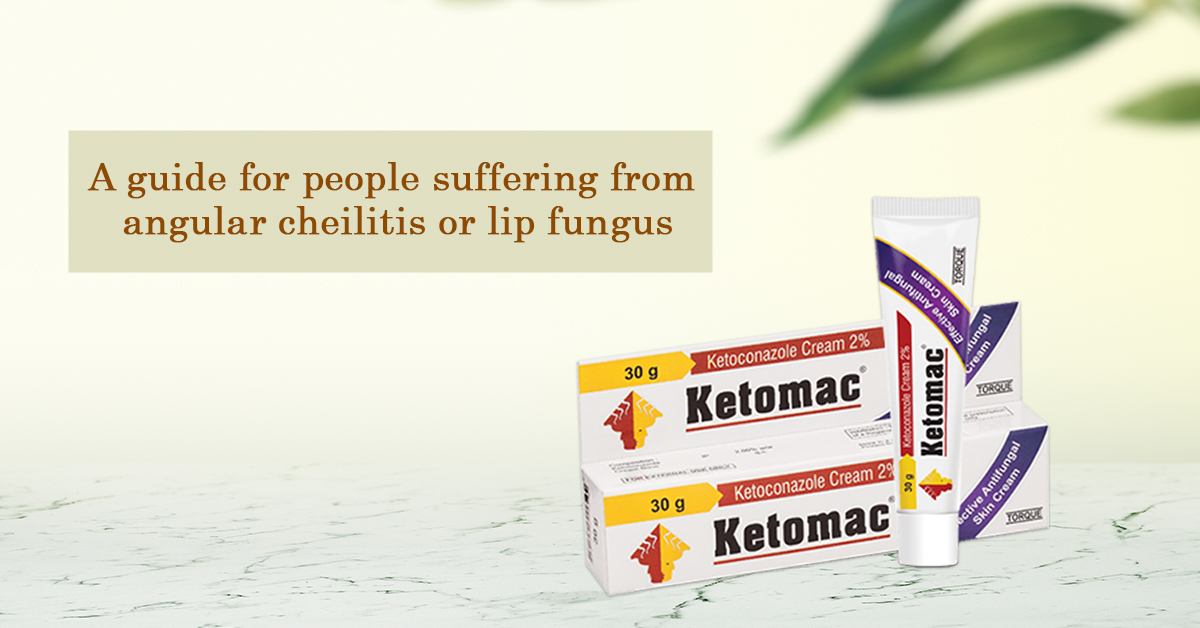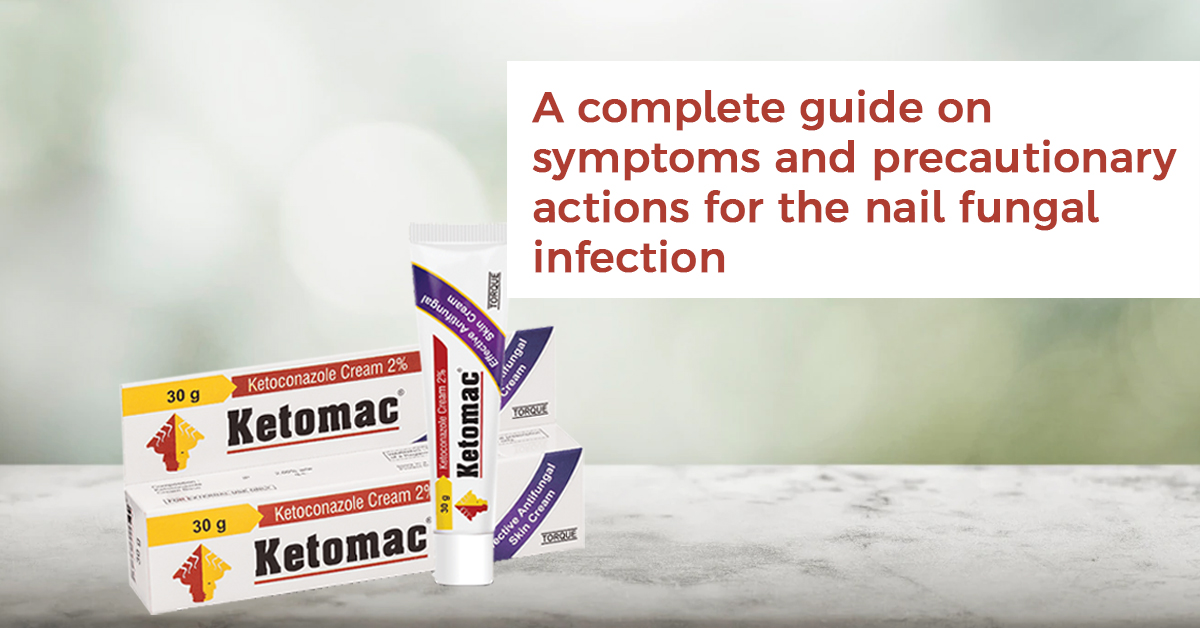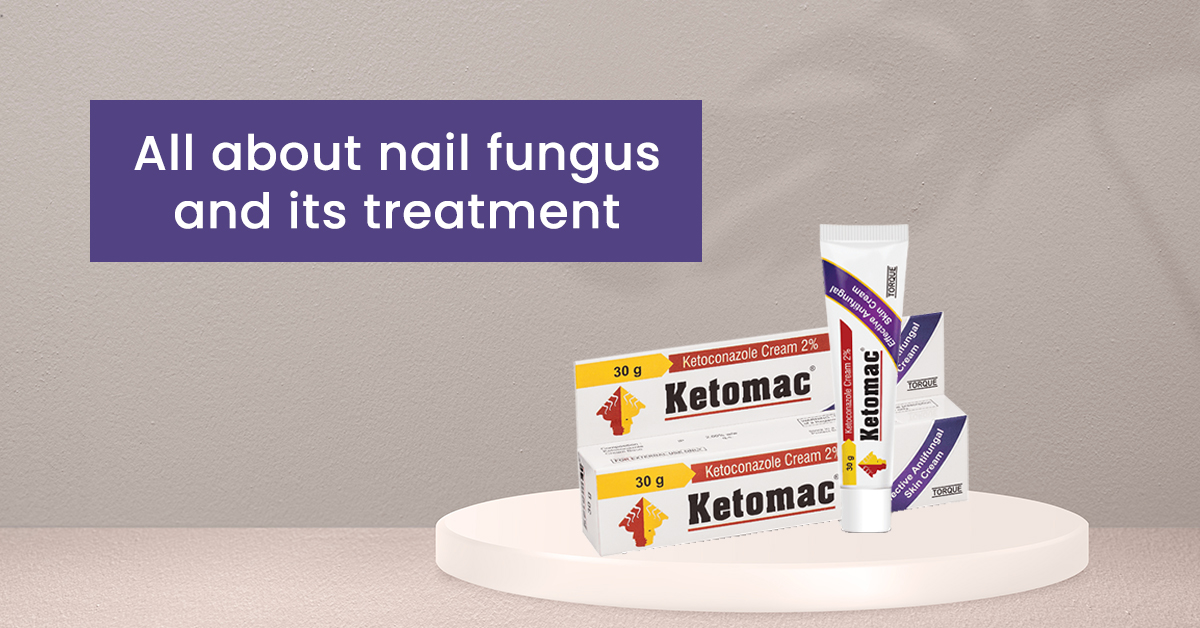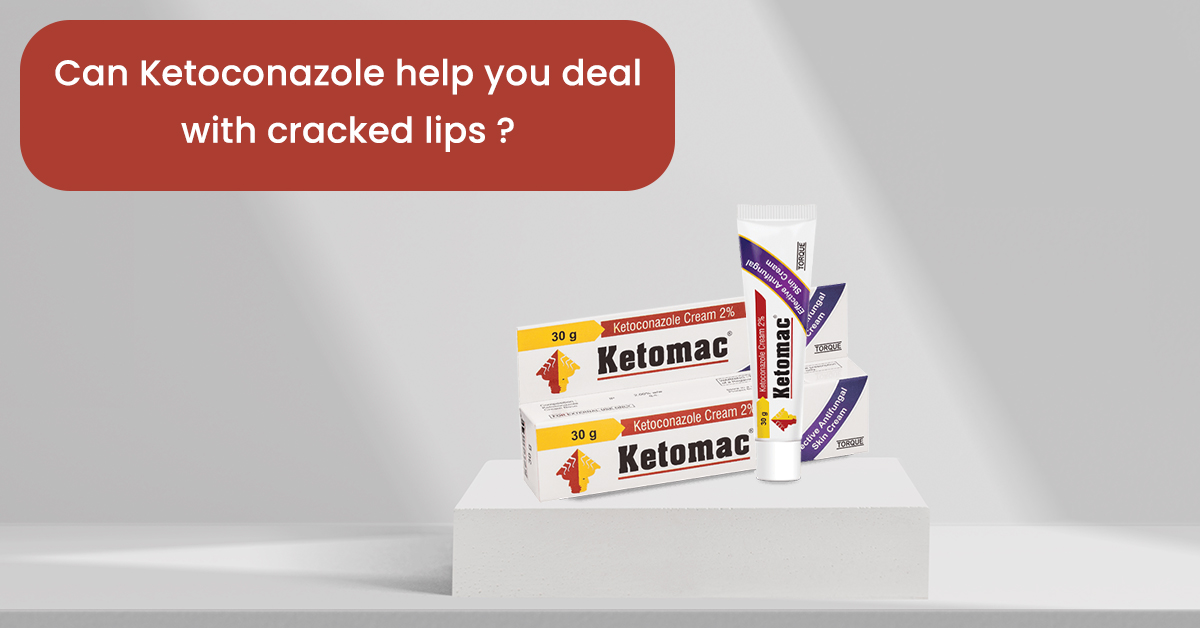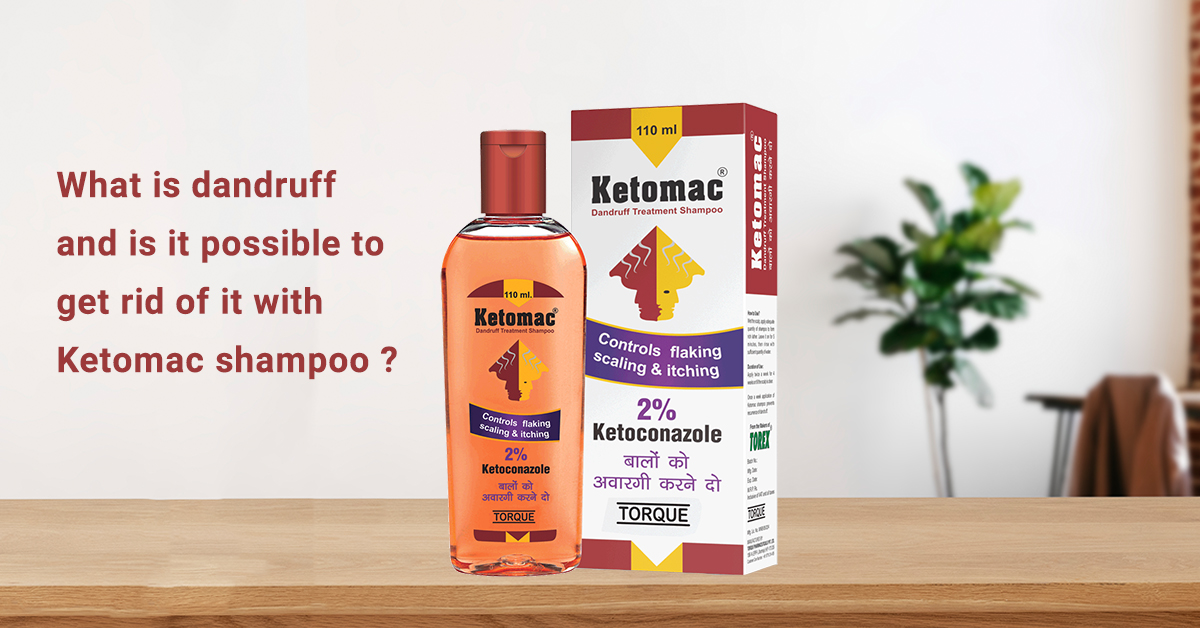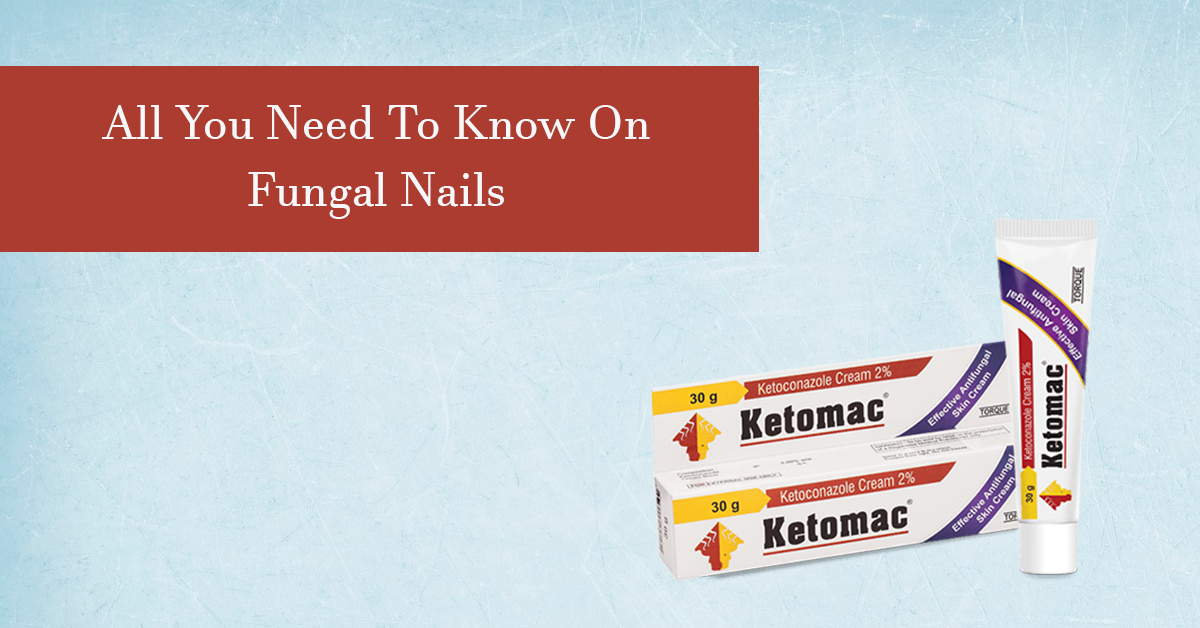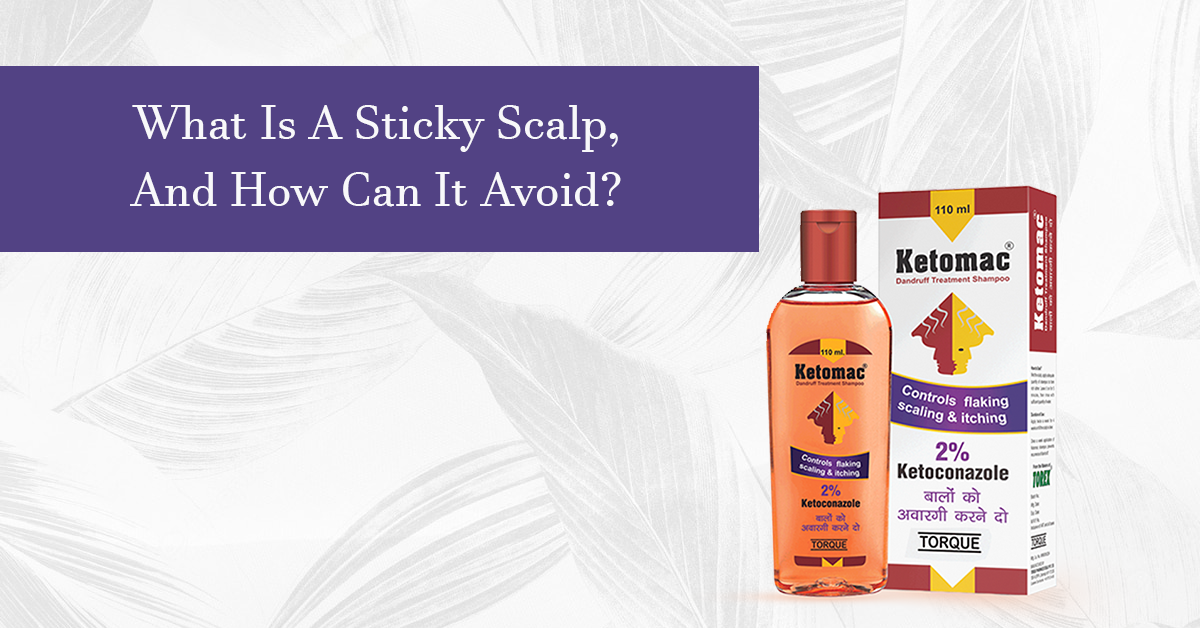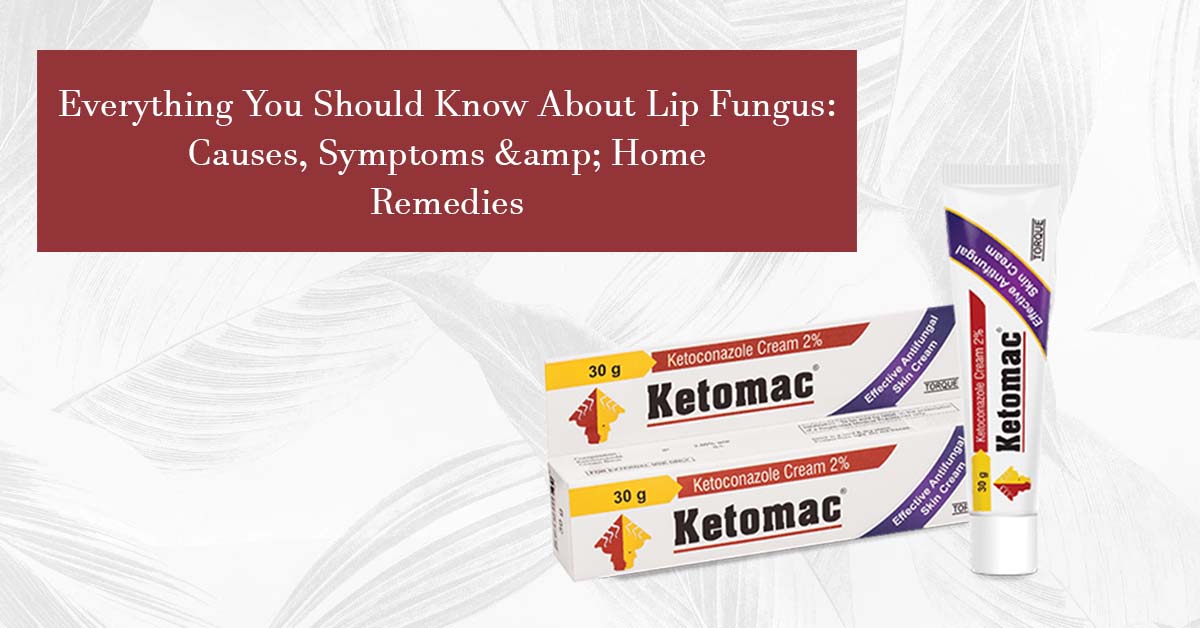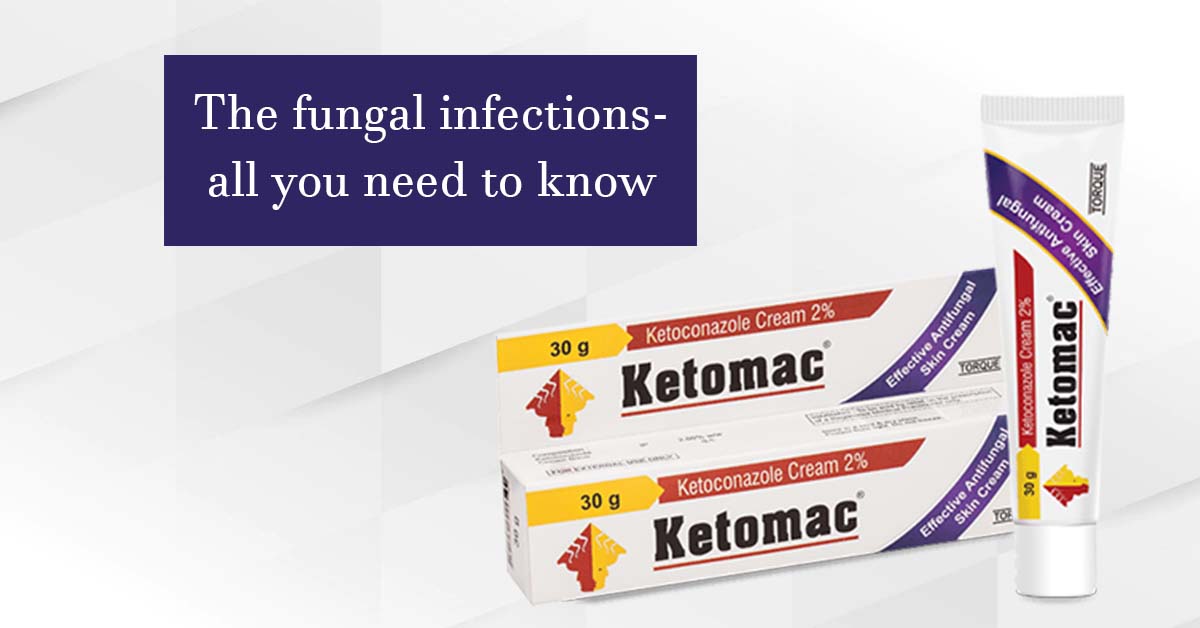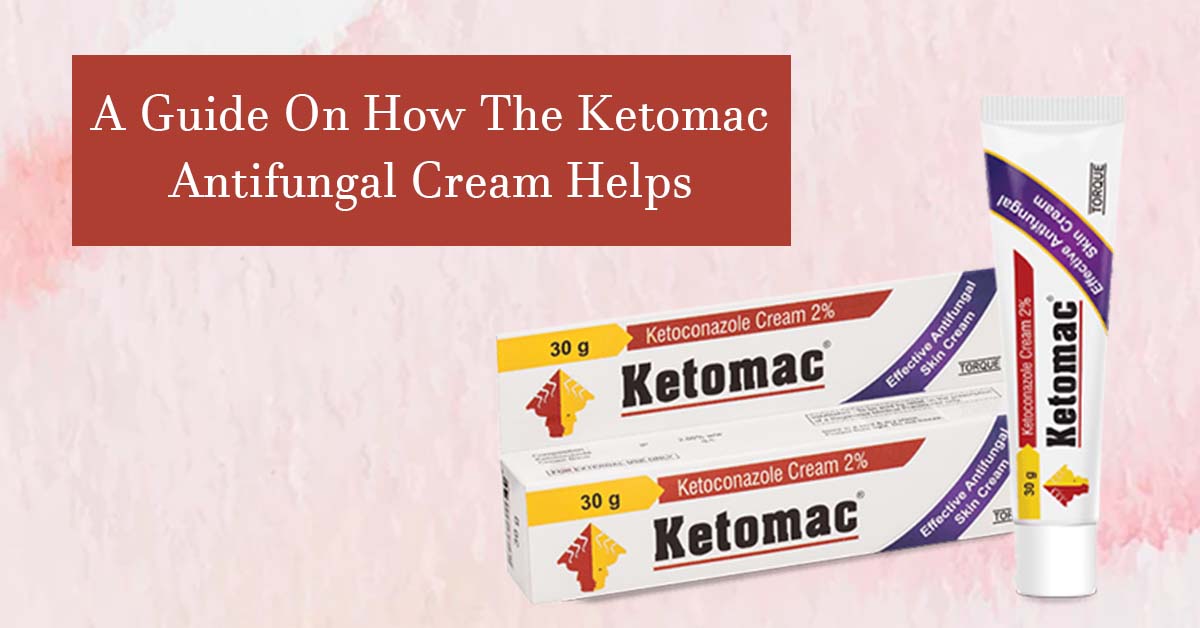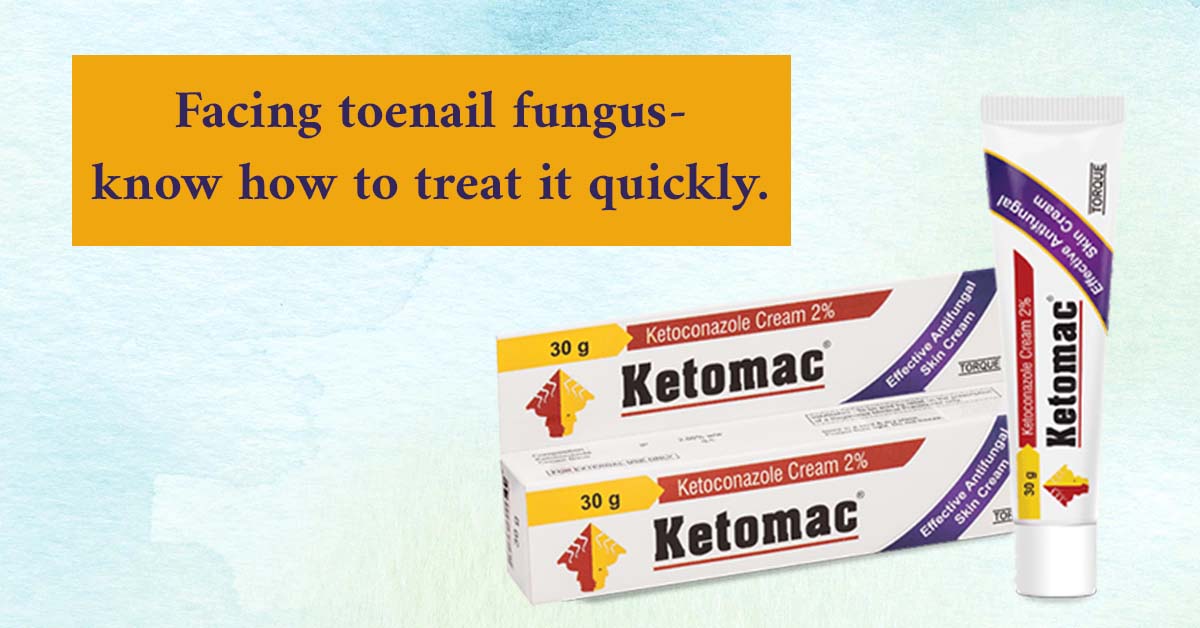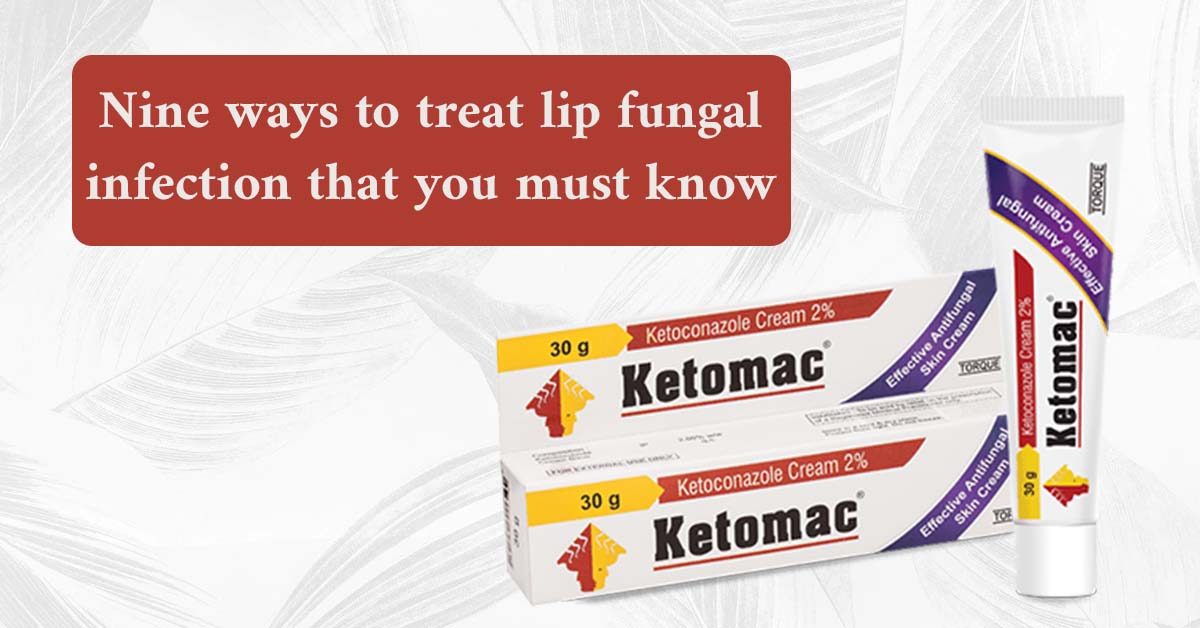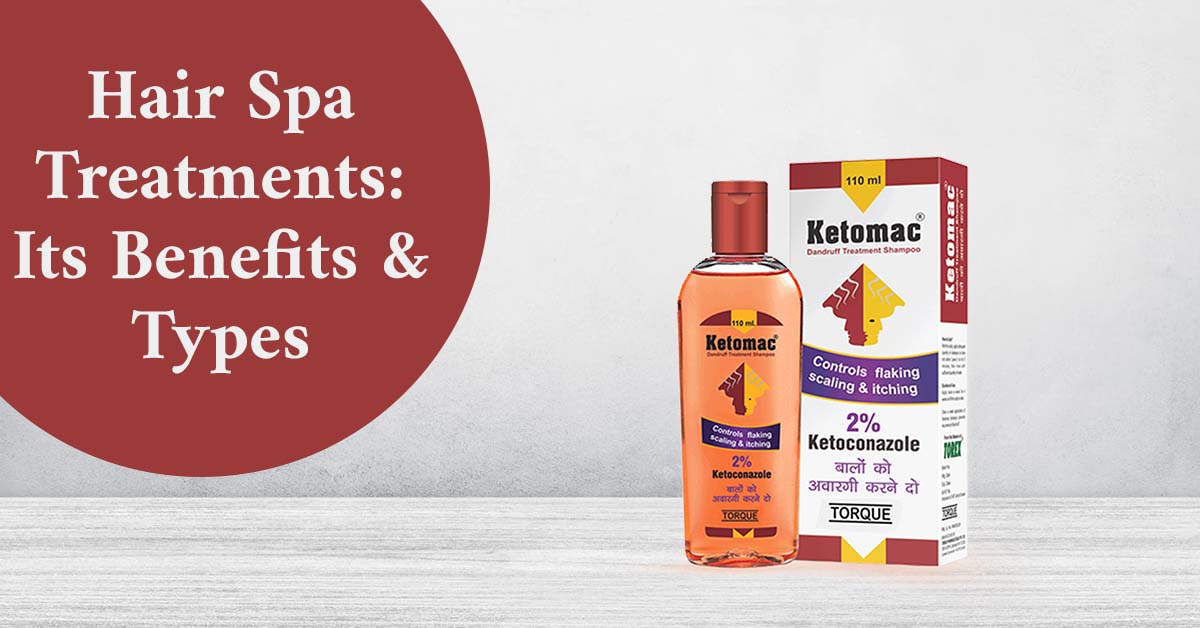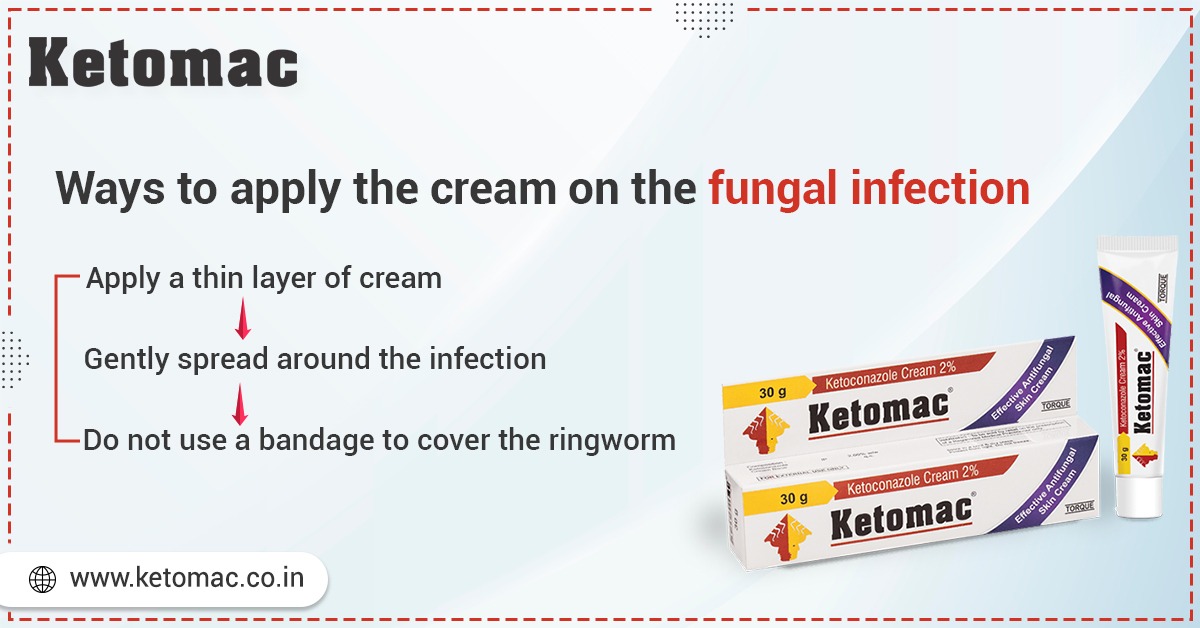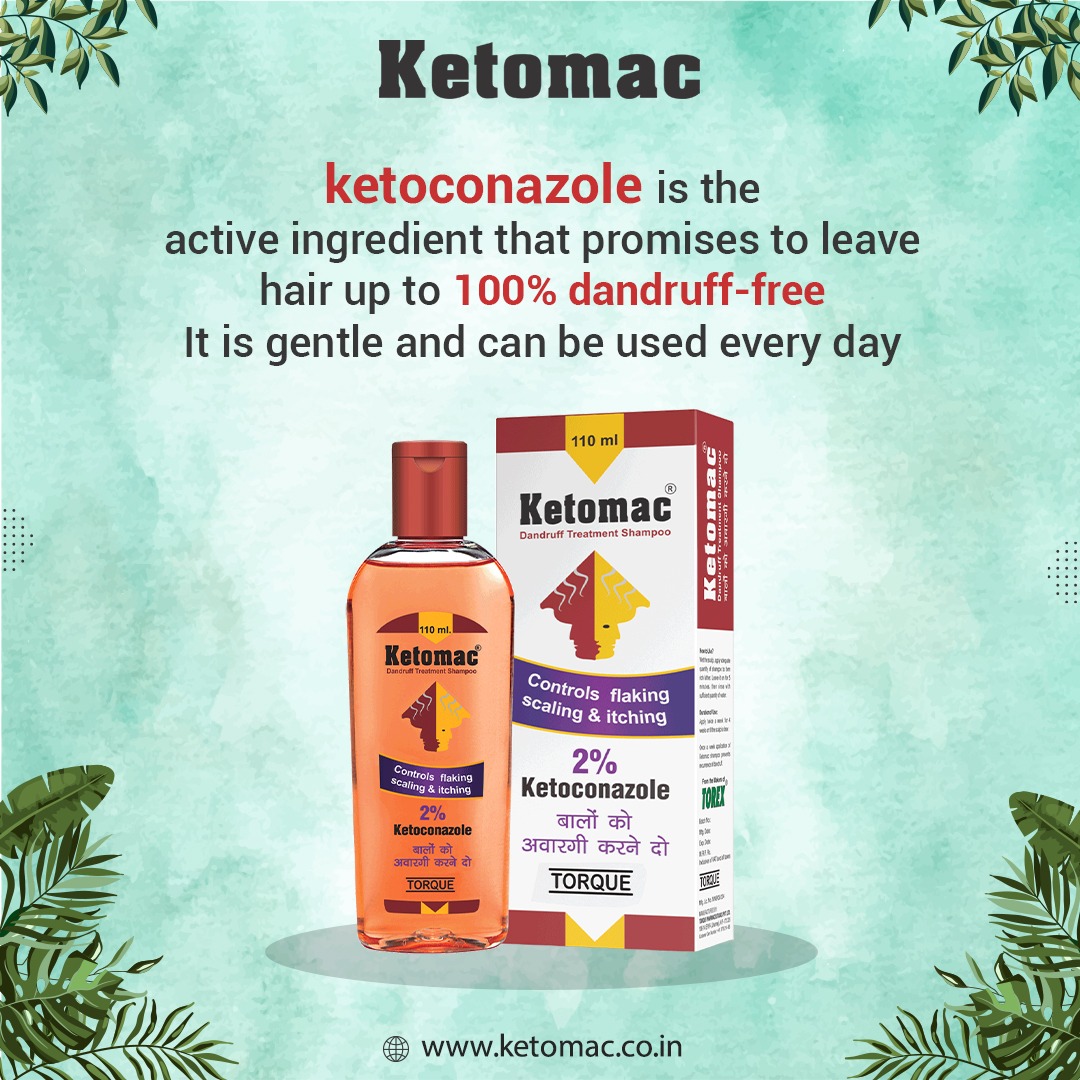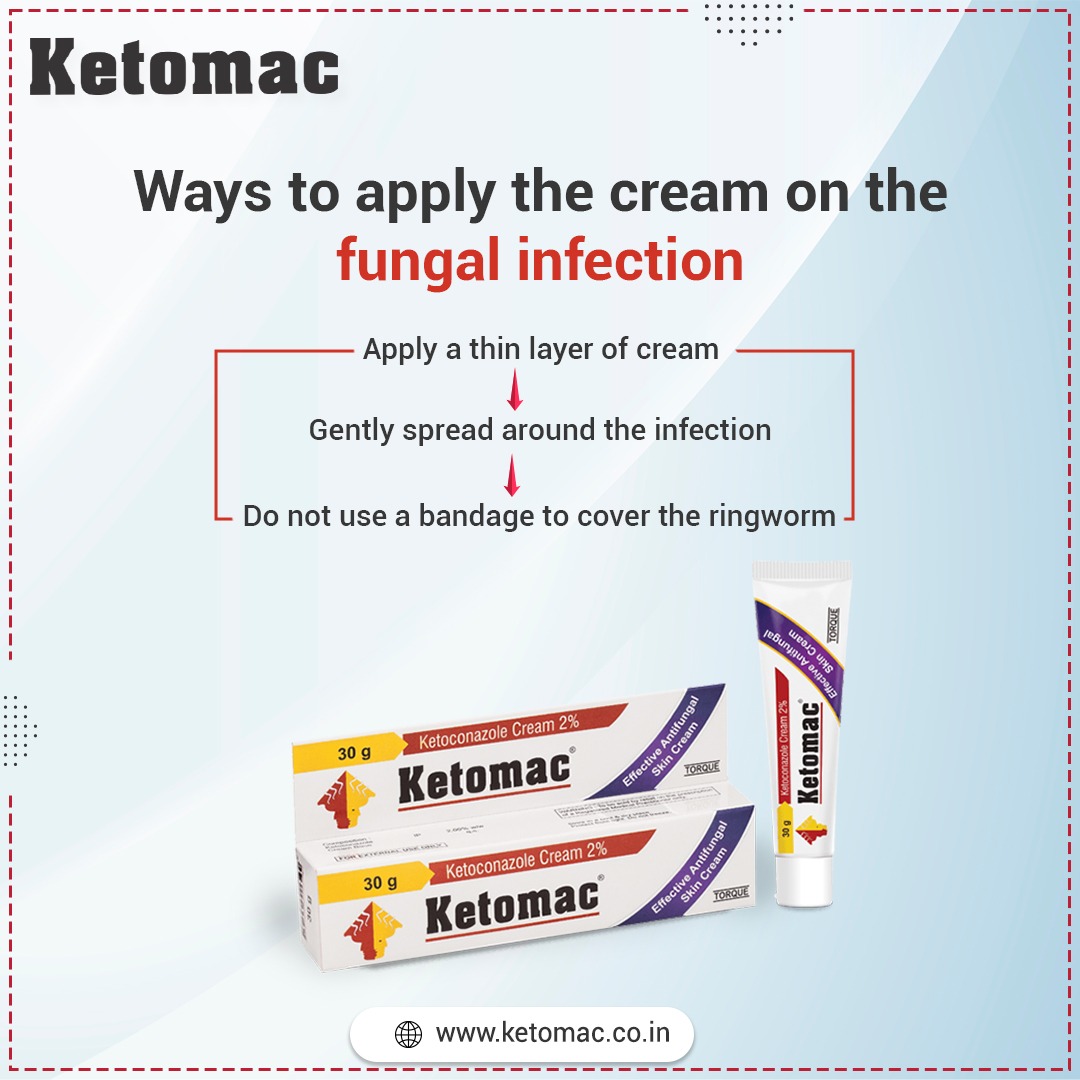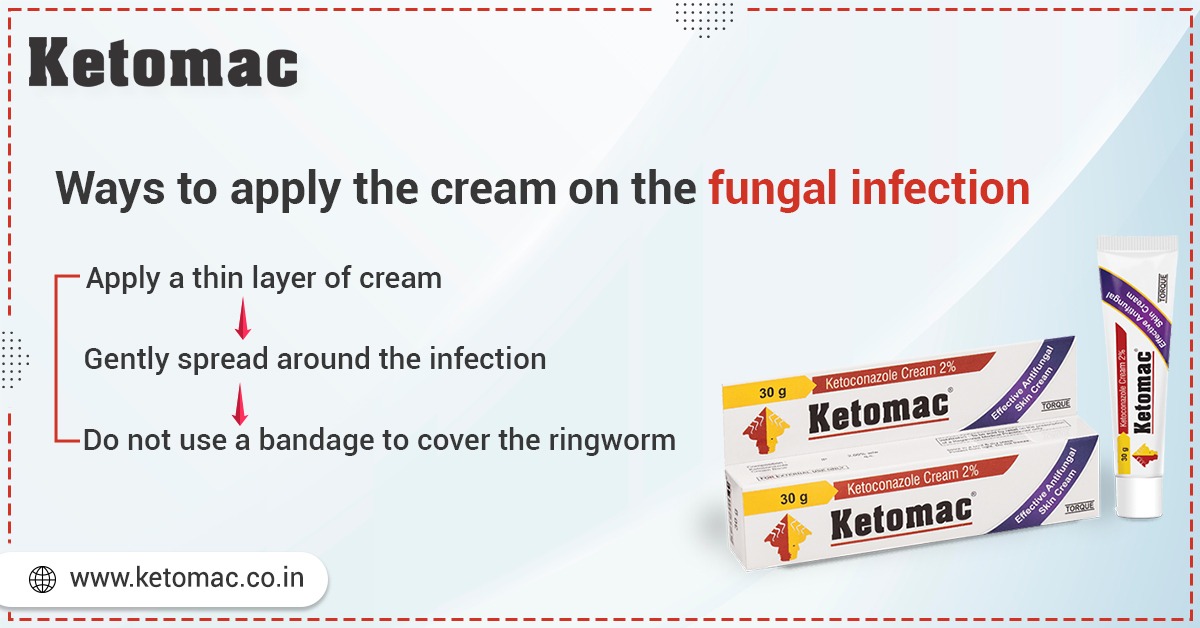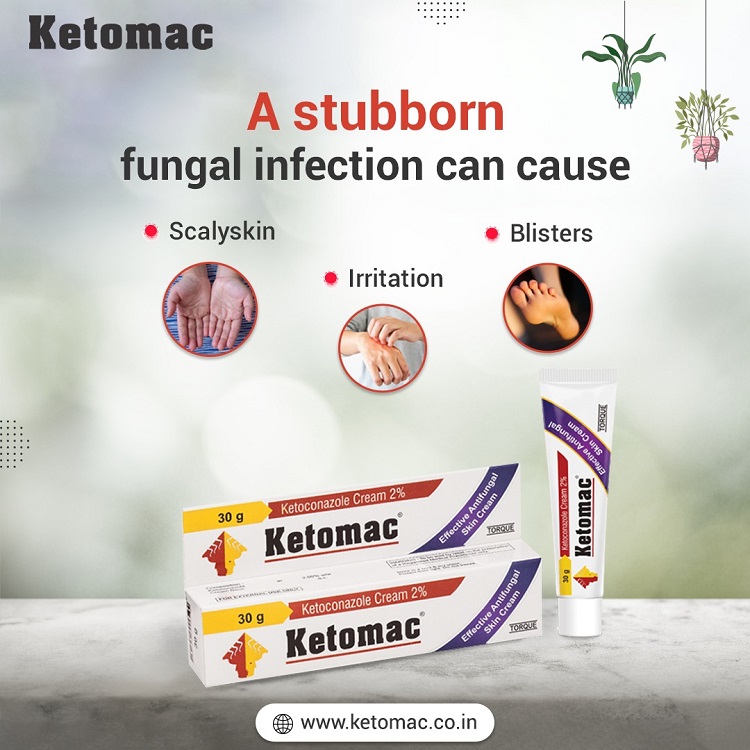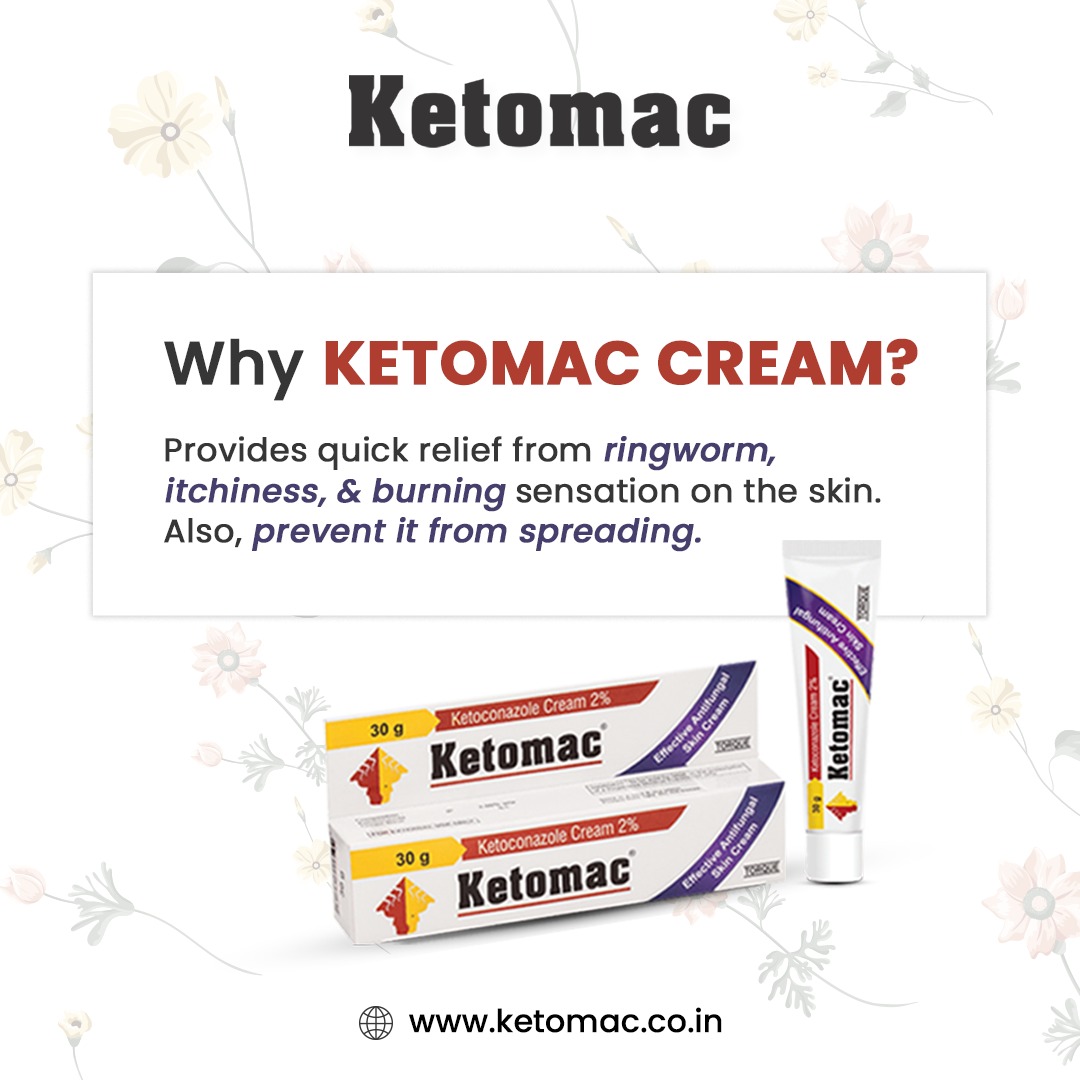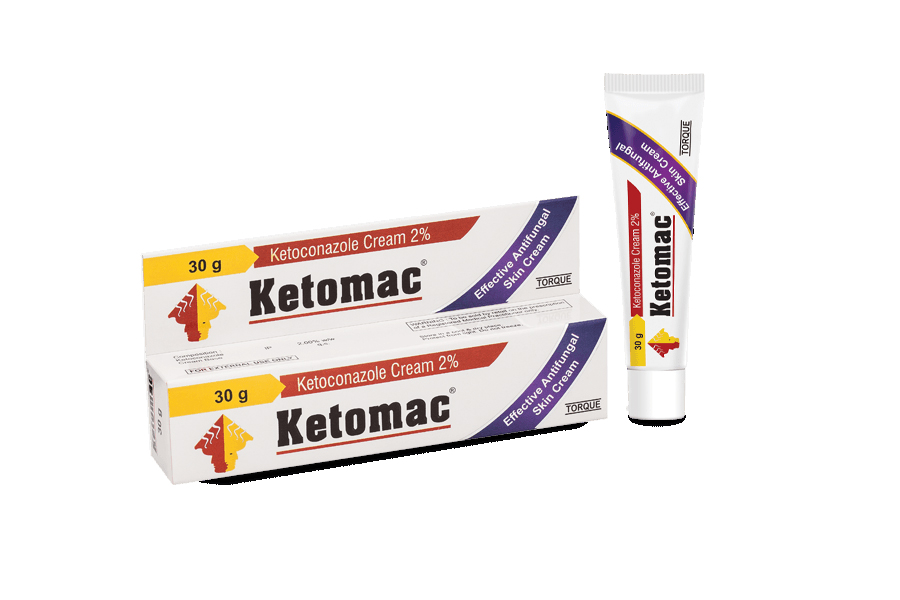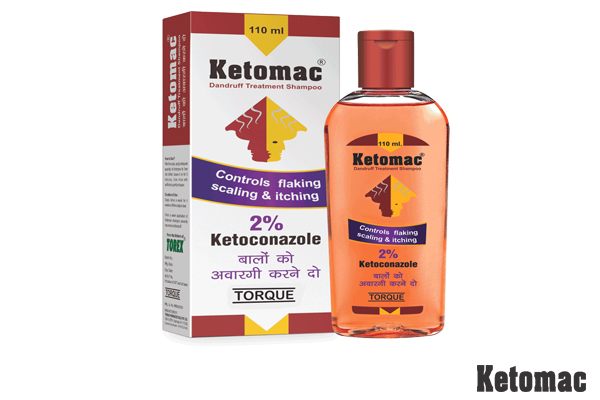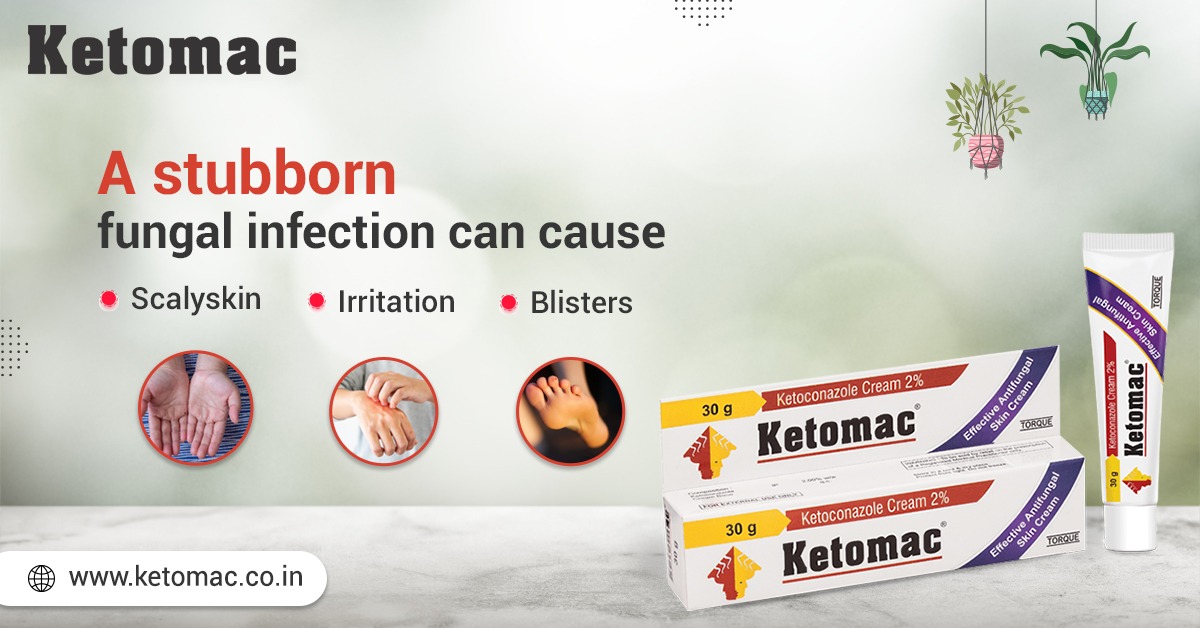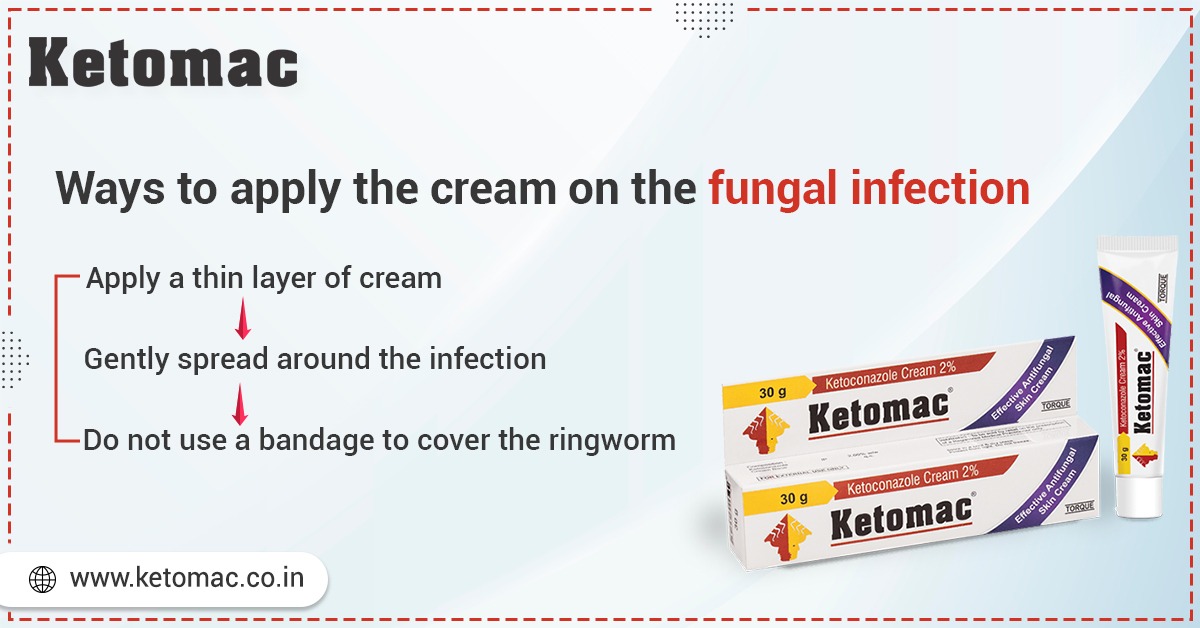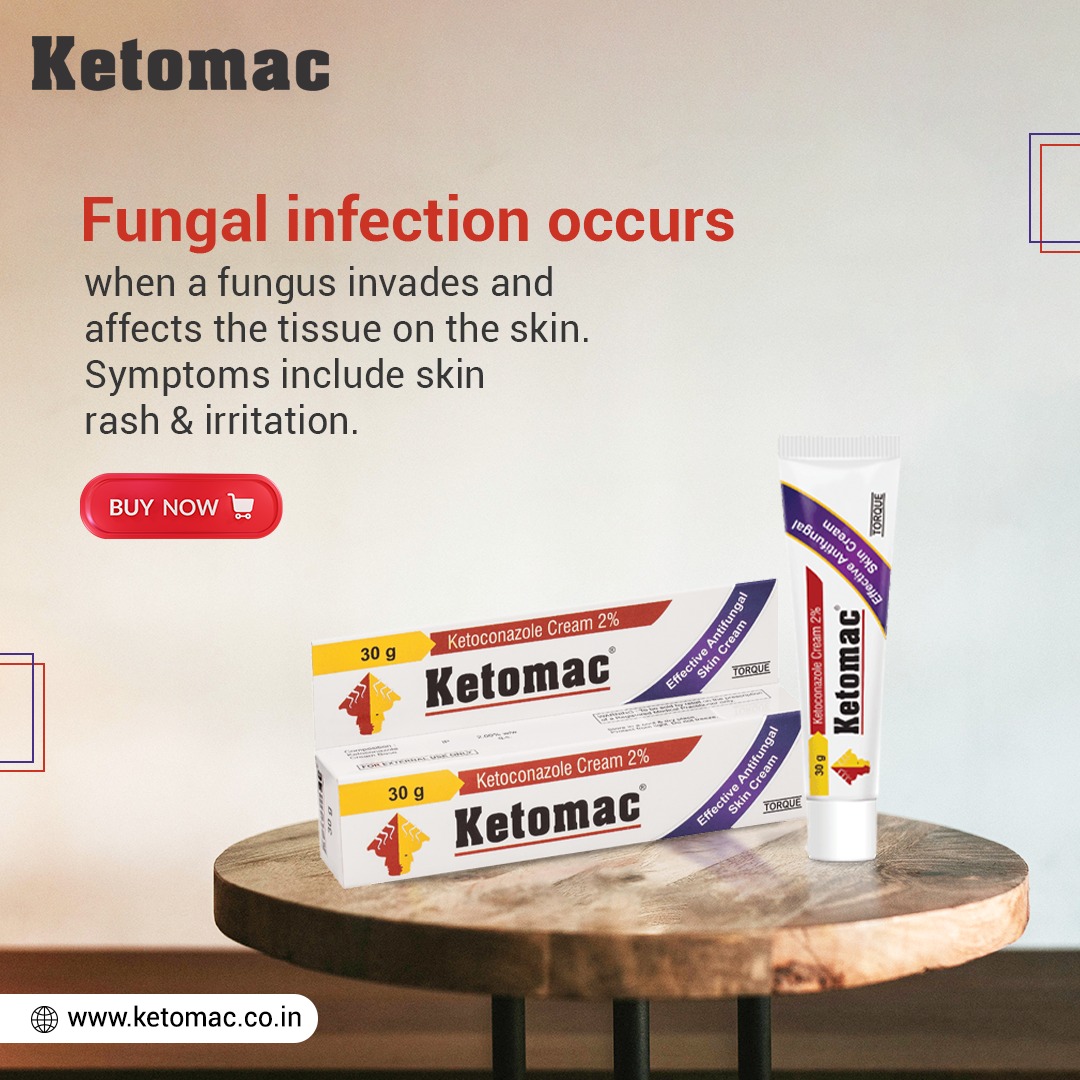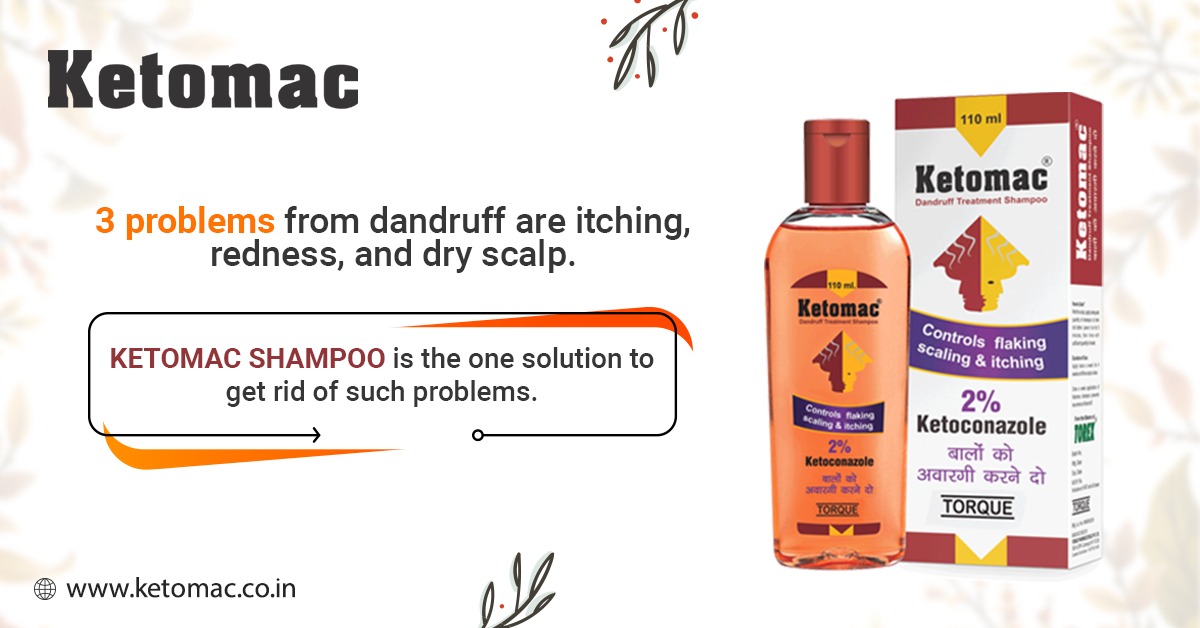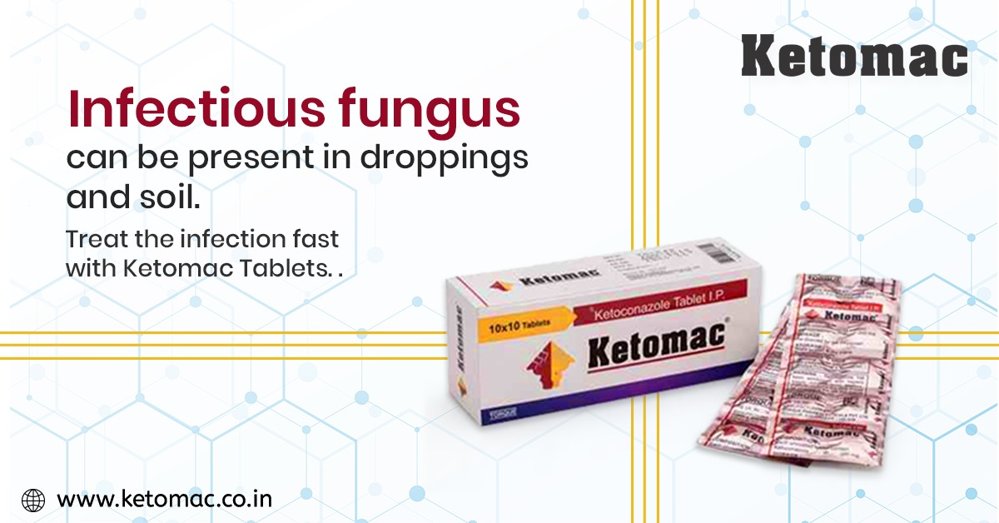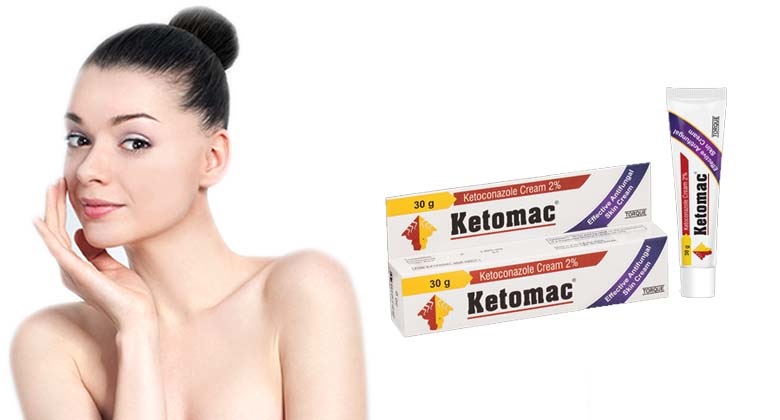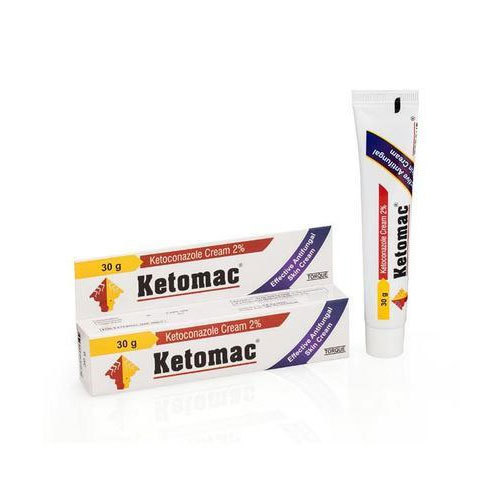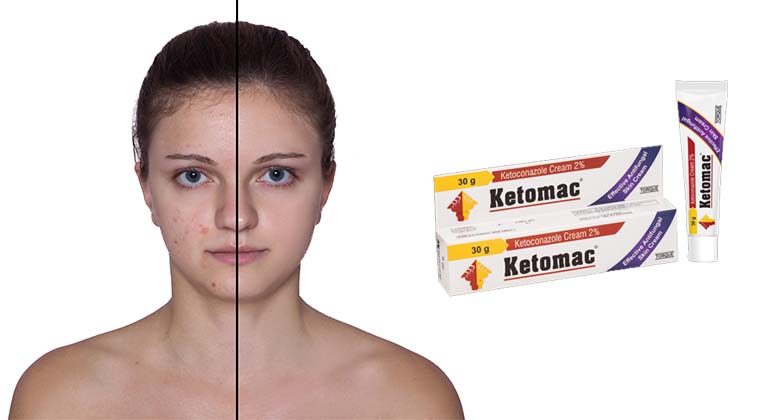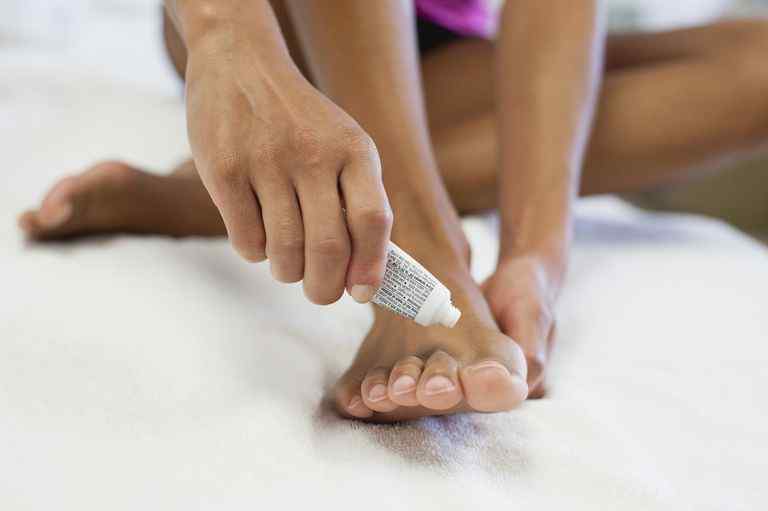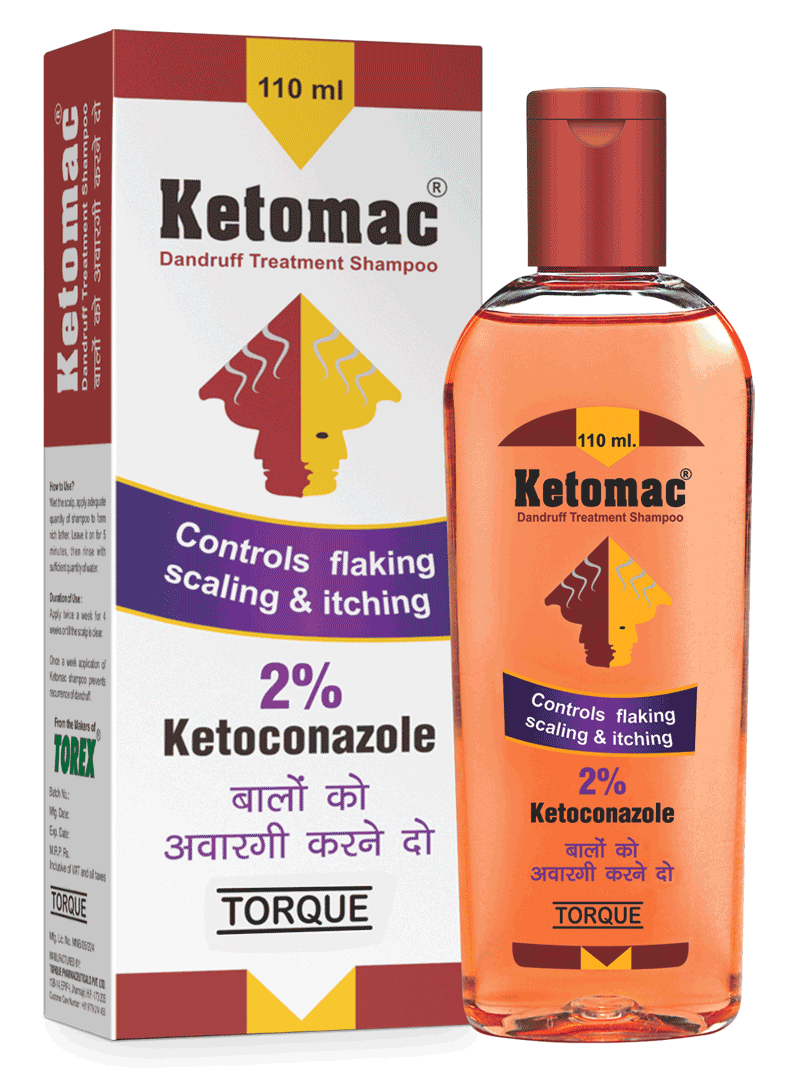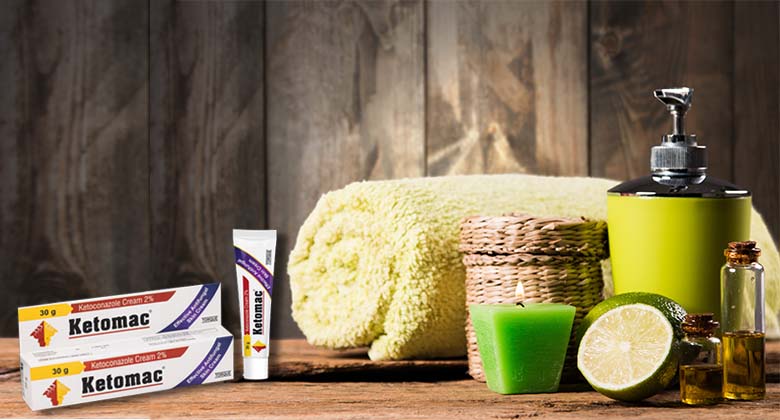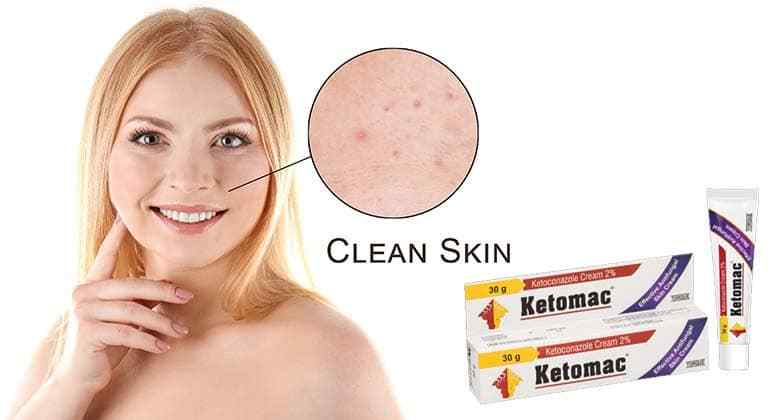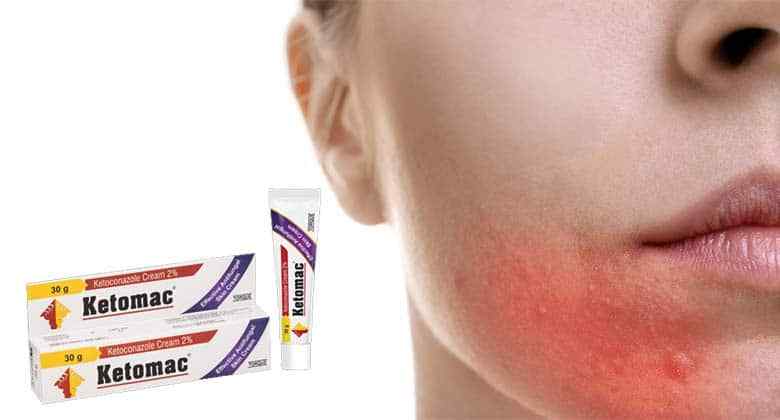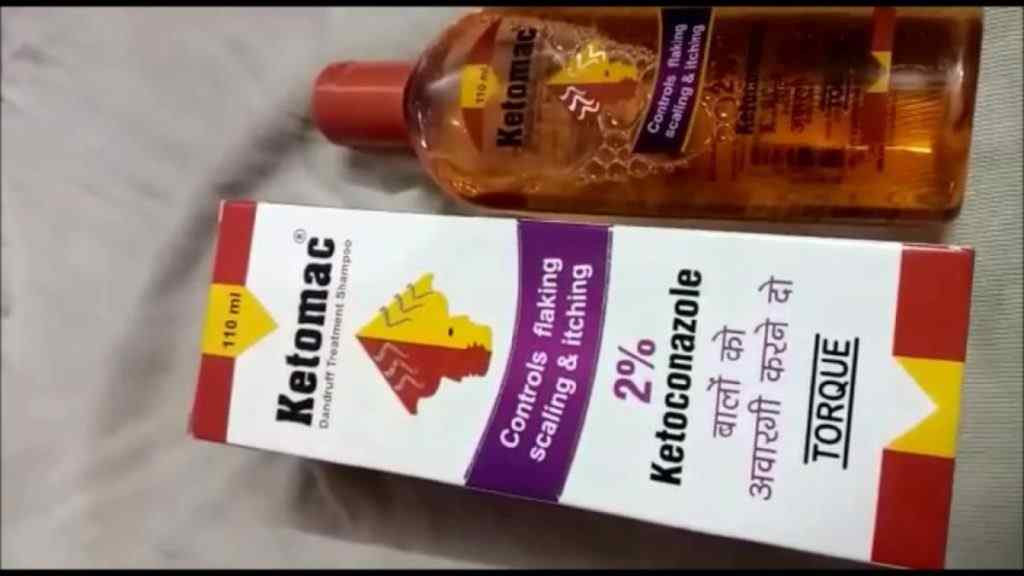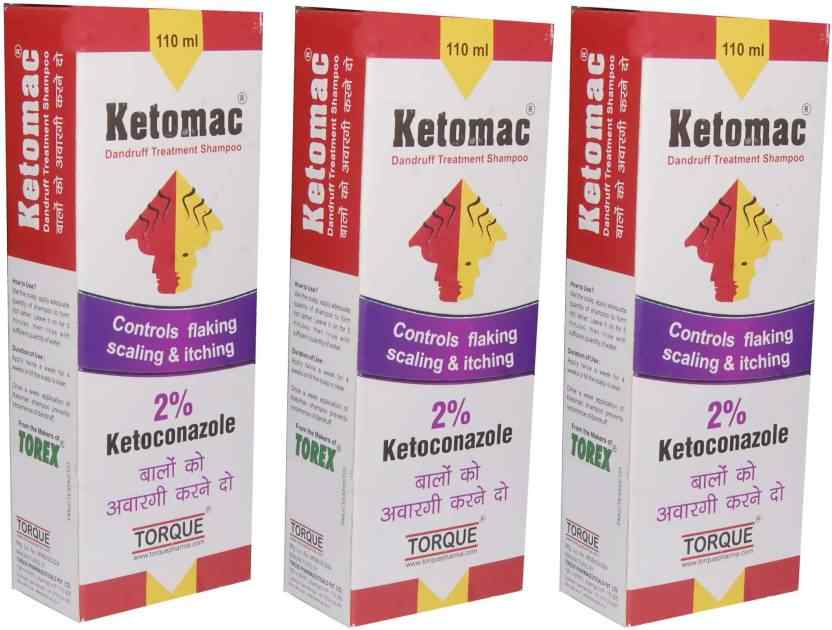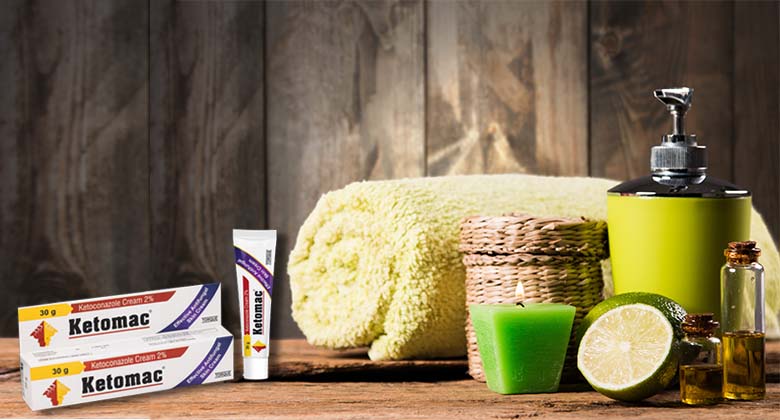It is a fact that these fungal infections can influence any part of the body. Fungi are often present in and on the body alongside different bacteria. Once the fungus starts to overgrow, some sort of infection may be visible.
Onychomycosis, known as tinea unguium, is a fungal infection that impacts the fingernails or even toenails. Fungal infections most of the time grow over time, so any immediate difference in how your nail appears or feels may be too delicate to notice at first. You can even find proper nail fungus medicine in India and ensure that you get the perfect healing.
Why does nail fungus develop?
A fungal nail infection comes from the overgrowth of fungi in, under, or even on the nail. Fungi flourish in a warm, humid setting, so this kind of environment can trigger them to overpopulate naturally. The same fungi that activate jock itch, ringworm, and even athlete’s foot may trigger nail infections.
Fungi already in or on your body can trigger nail infections, and you may also have contracted if you have come in contact with somebody else with a fungal infection. Fungal infections impact your toenails more commonly than that fingernails, probably because your toes are mostly restricted to shoes, where they remain in a warm, moist setup.
Moreover, suppose you get a manicure or even a pedicure at a nail salon. In that case, you must be sure to ask how the employees or even staff disinfect their tools and how frequently they do it. Tools, such as emery boards and nail clippers, can spread fungal infections from individual to individual in case they are not germ-free.
Who is at risk for nail fungus?
Well, there are diverse causes of fungal nail infections, and each cause has a particular treatment. Although various reasons for any fungal nail infection are avoidable, some dangers and risk factors enhance the probability of developing one. You can be more likely to develop a fungal nail infection if you:
– Own diabetes
– Have an ailment that triggers poor circulation
– Are over the age of sixty-five
– Wearing artificial nails
– Swim in any shared or public swimming pool
– Having a nail injury or skin injury near your nail
– Wear closed-toe shoes, such as that tennis shoes or boots
– Have moist fingers or even toes for an extended time
– Have a worsened immune system
It might interest you further that these nail infections emerge more often in males than females, and the conditions are undergoing in adults more often than in children. If you have family members who often get these fungal infections, you are more likely to get them. And also, keep in mind that older adults have a great danger of attaining this fungal nail infection because they have bad circulation. The nails even grow more gradually and condense as folks age.
In the typical, healthy type of people, fungal infections of the nails are most generally caused by a fungus wedged in moist, wet areas. Communal showers, like those at a gym or swimming pools, are public sources. Going to nail salons that use inadequate sanitization of instruments (like clippers, filers, and even foot tubs) apart from living with family members who have fungal nails are even risk factors.
Athletes have been proven to be more vulnerable to nail fungus. This is supposed to be because wearing tight-fitting, sweaty shoes is linked to repetitive trauma to the toenails. Having an athlete’s foot makes it more probable that the fungus will impact your toenails. Repetitive trauma also deteriorates the nail, which makes the nail more susceptible to fungal infection.
Elderly folks and people with specific underlying ailments are also at higher risk. Anything that damages your immune system can make you disposed to getting infected with the fungus. These encompass conditions like aids, cancer, diabetes, psoriasis, or taking any immunosuppressive medications like steroids.
Fungal nail symptoms and signs
Although fungal nails are often cosmetic concerns, some patients experience pain and even discomfort. These signs may be exacerbated by footwear, activity, and even improper trimming of your nails.
Different species of fungi can impact nails. By far, the commonest, however, is called trichophyton rubrum (t. Rubrum). This fungus infects the skin (called a dermatophyte) and manifests in the below-given ways.
Distal subungual onychomycosis
It begins at the ends of your nails and raises the nail, known as distal subungual onychomycosis. It is the most standard type of fungal infection of the nails in adults and even kids. It is more common in the toes than the overall fingers, and the great toe is mostly the first one to be affected.
Risk factors can include older age, athlete’s foot, swimming, psoriasis, diabetes, family members with the infection, or even a suppressed immune system. It mostly starts as a discolored area at a corner of the big toe and gradually spreads toward the cuticle. Eventually, the toenails are going to become thickened and flaky. At times, you can also witness signs of an athlete’s foot in between your toes or skin peeling on the area of the sole. It is most of the time accompanied by onycholysis. The most typical cause is Rubrum.
Proximal subungual onychomycosis
It starts at the base of the overall nail and raises the nail: this is known as proximal subungual onychomycosis. This is the least available kind of fungal nail. It is similar to the distal sort but begins at the cuticle (base of the nail) and gradually spreads toward the nail tip. This kind almost always emerges in people with a harmed immune system. It is rare to see debris under the end of your nail with this condition, contrary to distal subungual onychomycosis. The most typical cause of this condition is non-dermatophyte melds.
Yeast onychomycosis
This kind is triggered by a yeast called candida and not really by the trichophyton fungus given above. It is more general in fingernails and is a frequent cause of fungal fingernails. Patients may have linked paronychia (cuticle infection), and Candida may trigger yellow, white, brown, or thickened nails. Some folks with this infection also have yeast in their mouth or chronic paronychia infected with yeast.
White superficial onychomycosis
In this type of nail condition, a doctor can mostly scrape off a white powdery substance on the top of the nail plate. This condition is most standard in tropical environments and is triggered by a fungus known as trichophyton mentagrophytes.
Signs of toenail fungus
Toenail fungus signs can develop slowly over time and go unnoticed initially. The signs or symptoms can be:
– Yellowish discoloration right at the top of the nail
– White spots on your nails
– Brittle or even crumbling nails
– Darkening or clouding of your nails
– Thickening of your nails
– Distorted nail shape
– A lack of brightness or shine
– Pain in the tips of your toes
– Foul door
– Nail separates from your nail bed
Well, suppose your symptoms are severe or cause pain, or your toenails turn brown or black. In that case, it is best to make a quick appointment with your primary care doctor or podiatrist instead of trying to treat it yourself. Of course, if you have proper medicines for your nail fungus or infection, you can use them.
Toenail fungus treatments
You can always do things to ensure that you get rid of your issue or infection. In the realm of toenail or nail infections, too, you can use ways to help you eliminate the problem. Here are some natural things you can try and experience the best results.
Tea tree oil or eucalyptus oil
Both oils have antifungal properties, and studies have discovered that they performed some over-the-counter and prescription topical antifungal treatments. Of course, you can get a good outcome once you give these oils a chance for some days.
Ozonized sunflower oil
Well, you know, there has been a Brazilian study that found that sunflower oil worked to treat toenail fungus infection that was caused by yeast. So, trying out this oil may not be a bad thing. These are the oils that can help you without any inconvenience. You have to put them in the affected area for a few days, and you will get the results.
Try out the baking soda.
Researchers discovered that baking soda averted fungal growth in seventy-nine percent of the specimens tested. All you have to do is apply a paste of baking soda and water to the affected nail and allow it to sit for a minimum of ten minutes before rinsing. Of course, such a thing will work wonders for you, and even if it fails to work, it will not harm your toes.
Vicks VapoRub
A tiny study found that this mentholated ointment had a tremendous and effective positive effect on toenail fungus. Trying it out at night can be a great move; it may be miraculous for you. After all, when you do safe experiments, you get results beyond your expectations.
Vinegar and hydrogen peroxide
These things also are popular home remedies for the issue of toenail fungus. However, there has not been any study to support this thing.
Ointments and creams
Remember that over-the-counter treatments for the issue of toenail fungus include creams, sprays, ointments, and liquids. You can ask the pharmacist for a recommendation or look for such ingredients, and follow the directions properly:
– Clotrimazole
– Tolnaftate
– Terbinafine (brand name: Lamisil)
If your symptoms improve with home treatment, make an appointment with your primary care physician or a podiatrist. They can recommend a prescription-strength topical medication or even an oral antifungal pill that you take for two or even three months. Oral treatment is often more effective but can interact with other medicines. Similarly, oral treatment can affect the liver, so you might require liver function tests when taking the drug.
What else should you do?
Keeping your nails trimmed and filed can reduce the amount of fungus in the nails and is extensively recommended. This event provides pain relief when thickened nails trigger pressure-related pain.
Creams and other topical medications have been less effective against nail fungus than oral medications. This is why nails are too complex for external applications to penetrate, and it is even cumbersome to adhere to topical medication routines. Frequently, these medications demand daily applications for up to one year to witness results. One of the prime perks of topical treatment is the negligible risk for serious side effects and drug interactions compared to oral therapy.
Should you get treatment for nail fungus?
Medical treatment of onychomycosis is most of the time suggested in patients who are undergoing pain and even discomfort because of nail changes. Patients with higher risk factors for infections like diabetes and a previous history of cellulitis (infection of the overall soft tissue) near the affected nails can also benefit from treatment. Poor cosmetic appearance is another reason for general medical treatment.
Conclusion
To sum up, it is time to check out good quality antifungal nail polish in India and try it too. You have no idea what works wonderfully for you, and sometimes, the remedies or healing are simple!






